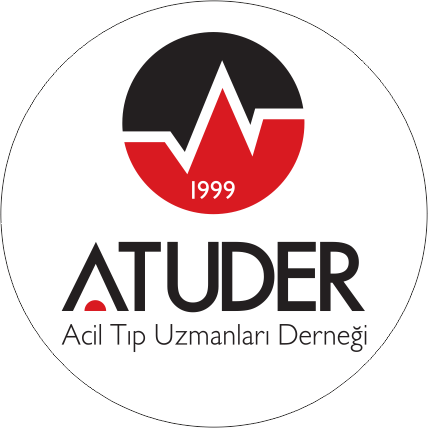ABSTRACT
Introduction-Aim:
In recent years, the increase in asthma prevalence has been paralelled by an increase in inflammation, morbidity and mortality of patients. We were, due to concerns of major morbidity and cost increase involved, interested in new methods of treatment for acute asthma inflammation patients as well as improvements on existing methods.
Methods:
89 acute asthma patients admitted to emergency service participated in our study. All patients were administered 100 mg iv metilprednizolon, 3 consequent doses of nebulized salbutamol and 2litres/minute oxygen inhalation as standart procedure. Thereafter, a first group (n:38) inhaled nebulised magnesium sulphate (MgSO4), second group (n:31) was administered intravenous MgSO4 and third group (n:20) received nebulised serum physiologic. On admission to hospital, prior to any treatment forced expiratory volumes in 1 second (FEV1), blood magnesium values and arteriel blood gas measurements were recorded. As the first hour of treatment elapsed blood gas levels and FEV1 measurements were taken, then after 4 hours, bloor magnesium level was measured as well as FEV1 and blood gas levels. FEV1 readings were taken as basic criteria of treatment effectiveness. One way variance analysis and Mann-Whitney U test were applied to establish statistical significance.
Findings:
There were no significant differences between groups regarding age, sex and height. There was a significant difference between the 4. hour blood magnesium levels of the second group and control group. Again, the two groups differed significantly in their 1. hour O2 saturation(SO2) values.(p<0.05). There was no significant trend regarding FEV1 measurements of groups neither for the first hour, nor for the fourth.
Conclusion:
This study establishes the fact that nebulised or intravenous MgSO4 administered in addition to traditional methods of treatment is of no benefit.



